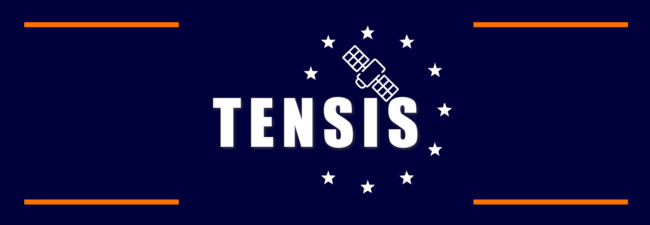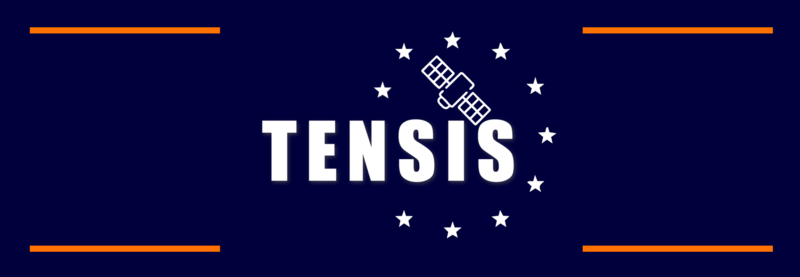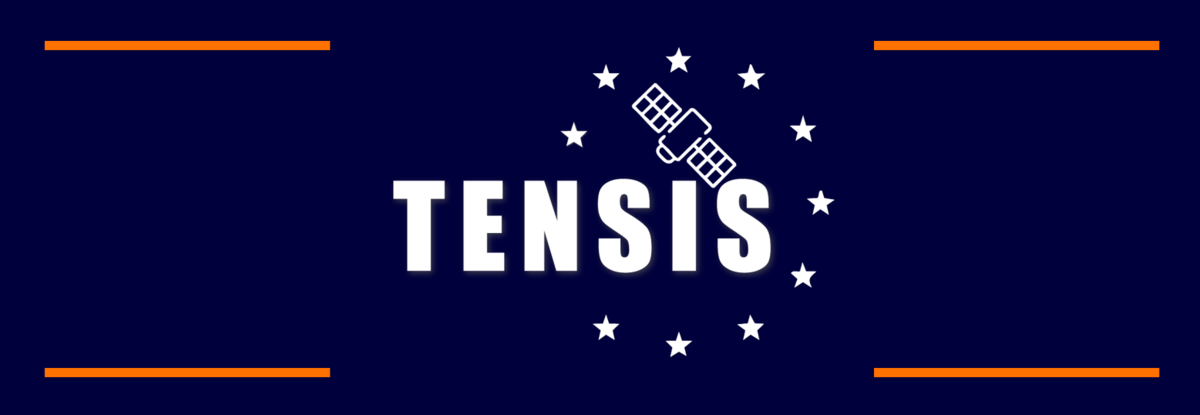The efforts of several partners will result in the development of innovative CMOS sensors that create a competitive advantage for European manufacturers of prime and equipment manufacturers.
TENSIS (Technology for European iNdependence in Space Image Sensor), is a European Union (EU) funded project to develop advanced high-resolution image sensing technology that could be used in a variety of space missions, such as Earth observation, space situational awareness (SSA) and scientific research.
The three-year TENSIS project will address the EU-based development of advanced CMOS imaging sensors. The project will aim to create a strategic, competitive advantage for European prime and equipment manufacturers and reduce the dependence on critical technologies and capabilities from outside the EU.
The programme will aim to validate a scalable, large-area, high-resolution, radiation tolerant, customizable, and affordable 180nm CMOS detector, with the key technical characteristics of a 24K x 16K format matrix of 400MPixels. A smaller 4K x 4K stitched CMOS array will also be designed and manufactured.
The project involves several industrial partners, each bringing valuable expertise. Teledyne e2v Semiconductors SAS (France) and Teledyne Innovaciones Microelectrónicas SL (Spain) will oversee the project, design the detectors and develop the technical roadmap, while IMEC (Belgium) will manage the development of the optical functionalities, such as filters and optical micro-lenses.
Airbus Defence and Space SAS (France) will lead the development of the test equipment and evaluate the performance of the detector prototypes.
ALTER TECHNOLOGY TÜV NORD (Spain) will validate the smallest 4K x 4K detector for use in the space environment.
The project will run until 31 December 2027. The 24k x 16k stitched CMOS array is expected to reach Technology Readiness Level (TRL) 6, with a prototype sensor tested in a relevant environment. The 4k x 4k CMOS detector will reach TRL7, taking it one step closer to final product development.



